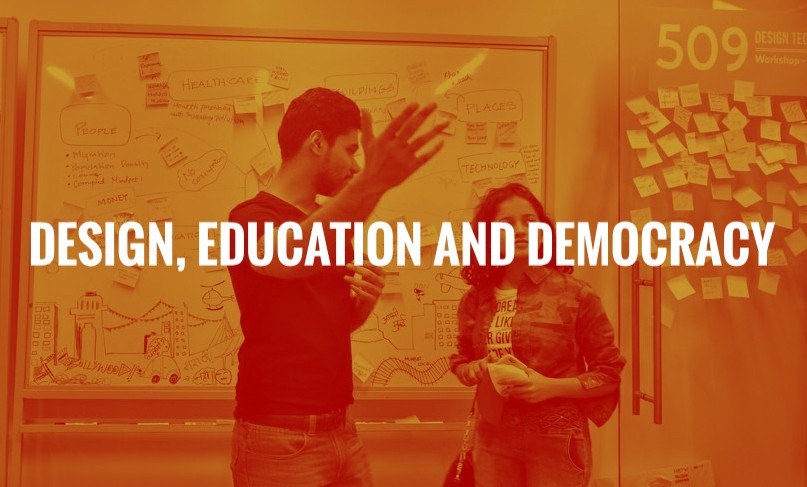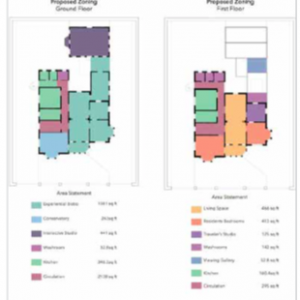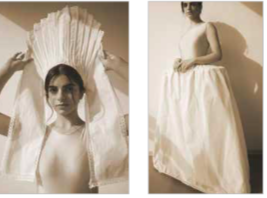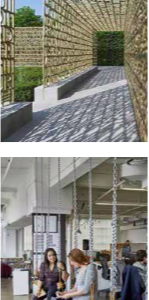In our attempts to instill Design as a Process in our students, we decided to not just teach Co-Creation, but also practice the same, by giving the students the opportunity to co-create their own curriculum. The DI Lab started with three core beliefs: bringing together experienced professionals from varied backgrounds, to change the way they perceive problems and the way they think; embracing the value of design as a process.
Involving students in the design and development of their curriculum is well established. This active co-creation not only makes them more involved in their learning process, but also helps bring in active involvement for themselves and their peers.
— Bovill et al., 2009

Every individual has their own core skillsets, but to be able to put together all in one room and teach them the same things might not prove beneficial for all. While some students might be kings of one, some might be absolute hustlers, being jacks of all. Tapping on this very loophole, we developed on one of the core principles of Design — Co-Creation of the curriculum — so that the students could figure out what they wanted to study and how. The essence was to co-create, learn and innovate; a value that has flourished in the last 4 years, not just for the students, but also for my own self.

Change is always difficult to bring in and more so to digest. From the oldest of times known to man, changes have brought along resistance, slowing progression in some way or the way. However, the evolution of Design Education has been slower in comparison to most other sciences, and the need to work on the same has been felt in the last decade or so. In India, this need is seeing light right now, and the DI Lab has been a by-product of this. The constantly evolving world is removing not just geographical boundaries, but also the stringencies that have been built by people in different aspects of life.
The DI Lab at ISDI has been evolving as a laboratory, giving way to curiosity.
The canvas has been wide enough for students to constantly explore — user-centricity is not merely another aspect that they learn, but is a concept they instill in their minds, by designing their own curriculum.
The effects of democracy in the Lab are interesting to look at and pick from. As proponents of Design, and in turn Experience as a whole, the responsibility lies on the educators to help the students soar higher and be more prepared for the future. The responsibility for us educators, therefore, also becomes to look beyond the obvious and let the students take charge of the directions in which they wish to proceed. Observing the trends and the flow of minds, the idea has been to look at subjects which intrigue students more and bring them to class even before they’re asked for.

The orientation program for DI 2017–18 began with a 5-day workshop on AR and VR with Quicksand and St+Art Foundation, India, changing how Yesha would approach design:
“I wanted to understand how design can influence engineers, but the possibilities explored by AR and VR blew my mind. I have worked with Philips Healthcare on some of the leading projects in this field, and am honing my skills in this very direction. ”
Bringing in co-creation to create the curriculum also brings in a sense of openness between the educators and the students, enabling the course to be a two-way learning process for not just the students, but also the educators. Newer challenges and ideas are brought to the table, challenging minds and transforming how we think. Depending on the choices made by the batch, collectively and individually, aspects of Design are taken up as Semester Cores or Peripherals. These peripherals are then developed into workshops to train students for a day or two, or ‘Master Classes’ for a few hours.
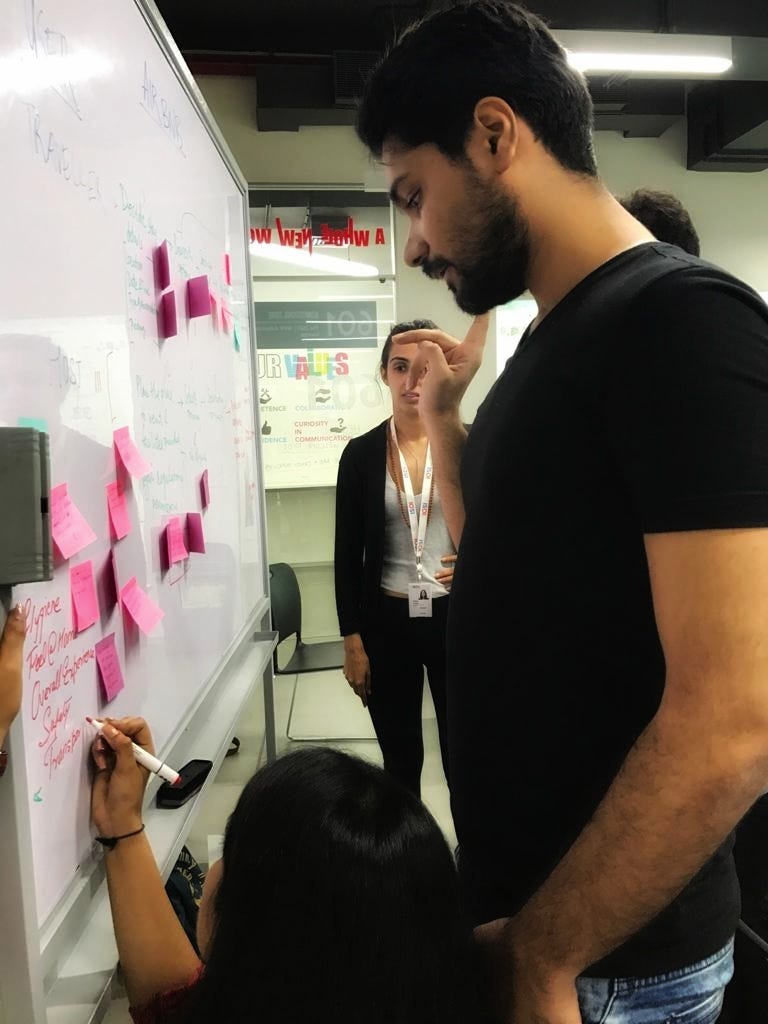
Biomimicry was one of the peripherals opted by the 2017–18 batch, and the concept was taken over by Anjan Prakash for the batch. Some of the healthcare prototypes so developed by the batch in the coming semester could trace its origins to biomimicry in some form, enabling students to look beyond the obvious to innovate. Once the cores and peripherals are decided, it becomes easier for students to shape their work in directions which are of importance to them. The need is identified by each student, along with the gaps in the systems around and in themselves, which they explore and fulfill with this very module of learning.
The module also helps designers explore their own selves. As patrons of change and innovation, designers need to be smart and swift to put forward their ideas, but introversion has been commonly associated with designers, and for long.
“I joined DI with the idea of learning to work on Digital Products, specifically UI and UX, but moved on to explore design research and strategy, for it forms the basis of design and resonates with who I am. This self-exploration has been the beauty of DI for me.” — Ishaanee Pandey

This affects progress, and if we go back to Tim Brown, most innovations have in fact not been powered by designers, but in fact, those who put their ideas forward. Co-creation for curriculum has been seen to foster extroversion, or at least bring ideas out on the table, enabling designers to open up and counter internal resistance. The module also brings in empathy (of Design Thinking), because students from different backgrounds and personalities come together, for their own selves and others as well. Clashes between personalities are also observed when such a module is implemented, but the exercise helps educators understand the batch better and improvise accordingly. This particular module, therefore, acts as a teacher for every stakeholder so involved in the process.
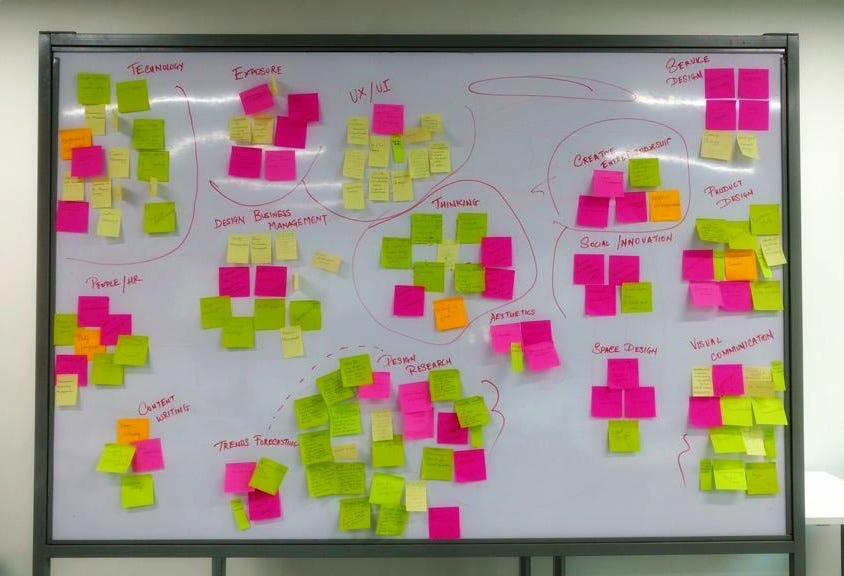
Thanks, Ishaanee, for putting words to my thoughts.
Do share your thoughts on Democracy in Design Education by commenting below — we would love to hear your thoughts on the same.

